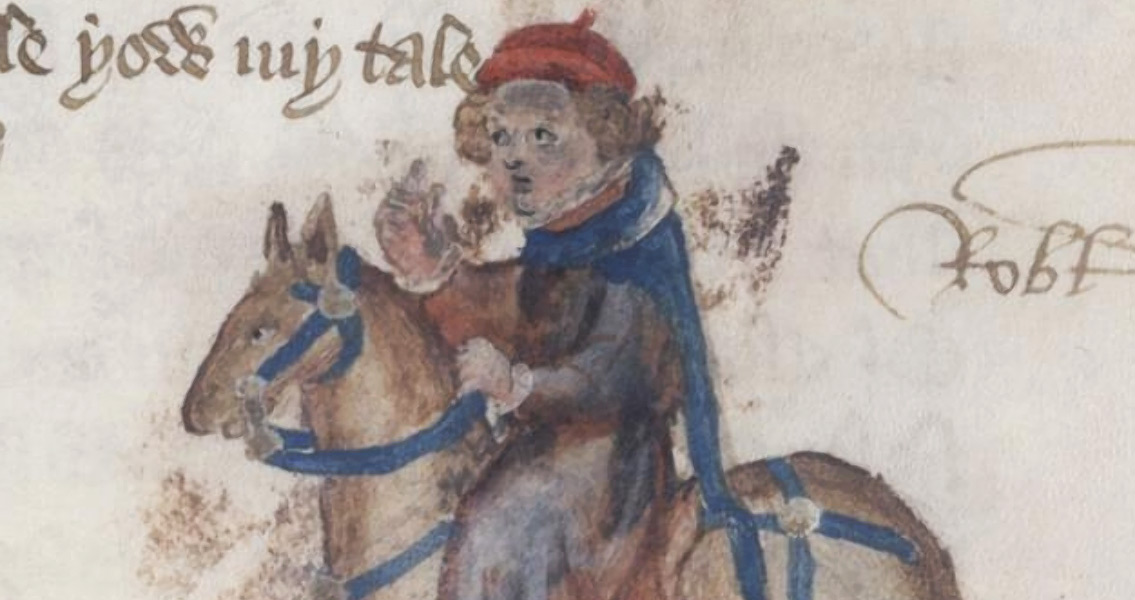<![CDATA[The traditional view of medieval history has long been that of male superiority, reinforced through chivalric customs that reduced women to things to be quested for. However, a new study of texts and images originating from the Middle Ages has raised questions as to the perceived and the actual amount of misogyny that was present during the era. Conducted by Fiona Griffiths, a history professor from Stanford University, the study lends credence to the belief that a number of male clergy members celebrated the idea that nuns were actually superior in a religious context. In a press release published by the university, Griffiths remarked that since men were the dominant power in medieval Europe, there was an active exclusion of women in this power – and that this extended to the church; however, her research indicates that this wasn’t always the case within the religious community. In fact, Griffith has uncovered evidence that many clergy were willing and able to pay recognition to the spiritual power of women. The history professor went on to explain that these collaborations between men and women of the cloth during the Middle Ages are challenging the perceived misogyny of the medieval church, adding that there’s historical evidence that some priests devoted entire lifetimes to serving women and admired nuns as spiritually superior, resulting in long-lasting relationships with these women. The historian underlined the fact that medieval women were not so much restricted but offered opportunities when associated closely with the Church. Considered to be “brides of Christ”, these women were seen as direct conduits to God whose prayers were superior to those offered by men. Griffiths remarked that many male clergy thought that a life of service to these individuals would result in spiritual benefits. Griffiths’ research focuses primarily on the eleventh and twelfth centuries, especially during the time when reforms within the Church led to widespread rules enforcing celibacy and distance between the sexes within the religious community. These reforms led to a dramatic increase in women embracing religious service in the form of convents. However, as these collections of monastic nuns required the presence of male clergy in order to hear their confessions and perform the rite of Communion – restrictions present to this day – a “nun’s priest” was needed, or a male clergy member that collaborated closely with female clergy. This position was often looked down upon as an inferior one at the time as evidenced by medieval texts, but Griffiths discovered evidence that men who entered into service in this role instead viewed their calling as one of high spiritual merit by virtue by placing themselves in an inferior position to these religious women. Griffith was careful to point out that she was in no way attempting to whitewash the medieval period as one where women were seen as equals to men. However, she stated that for women called to service in the Church, surprising evidence exists that there were certain things that occurred regularly that defied the typical gender roles of the age. ]]>
New Study Finds Male Medieval Clergy Celebrated Nuns
